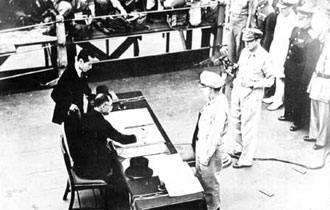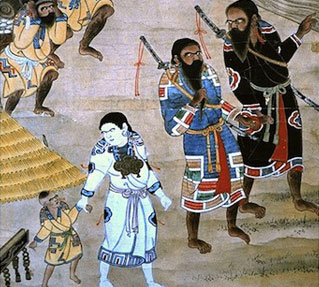Pages
|
Parenthetically Hangul is a system of phonetic script that uses consonant and vowel symbols to write Korean. Any Korean syllable can be written by combing a consonant symbol with the appropriate vowel symbol. Invented in 1446 by a committee of scholars commissioned by the King Sejong to create a writing system to replace Ido (a system like Japanese at the time, a mixture of simplified kanji to represent sound and Chinese characters), Hangul was able to replace the then prevalent use of Chinese characters. It was not until 1945, however, when Korea grained its independence from Japan, that Hangul officially supplanted the Chinese characters (Kor. hanja) completely. Hangul has now ten vowel symbols and fourteen consonant symbols, a combination of which is capable of representing Korean in its entirety.
Hiroshi Nara
Pages
|











